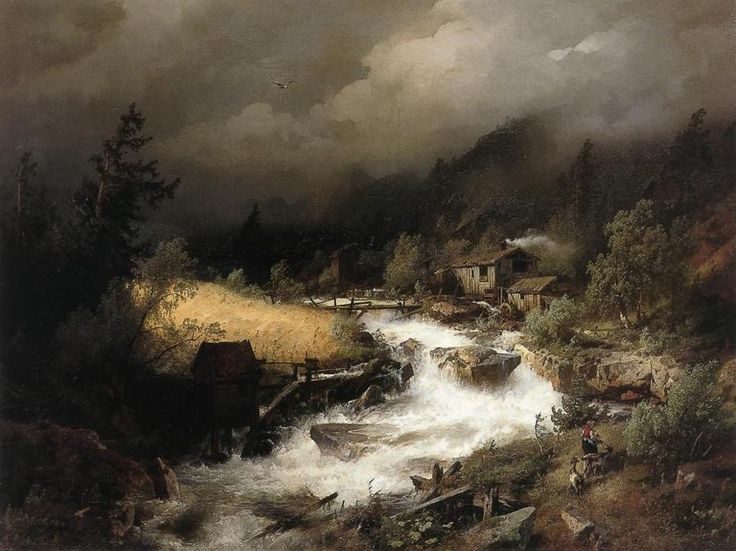The Russians referred to them as the Peredvizhniki, art historian Andrew Graham-Dixon calls them the Wanderers but mostly they are referred to as the Itinerants. They were a group of young Russian artists from the late 19th century who rebelled against the strict academism that characterized art teaching at the time. One of the most notable among them was Isaac Levitan (1860-1900).
Levitan - Eternal Peace
Like many of his peers, Levitan explored the lyrical beauty of the simple unpretentious Russian landscape. One of Levitan's teachers Alexei Savrasov is credited with "seeking out in the most ordinary and commonplace phenomena the intimate, infinitely touching and often melancholy features which are so strongly felt in our native scenery and which invoke an overwhelming response in our soul."
Levitan - In The Vicinity Of Sawino-Storozhevsky
In his own teachings, Levitan taught his pupils to "feel nature so deeply, to give it so much of their soul, faith and hopes, and so understand its moods as had never been the case before." But Levitan also touched on social issues as well, such as the painting Vladimirka Road which was the road taken by dissidents "chains clanging" to Siberia. The lowering sky and desolate landscape emphasising the sense of anguish and oppression.
Levitan - Vladimirka Road
For me however, it's the light, the cool light and amazing depth of his imagery that impresses most. Then there is the amount of feeling he evokes in the most simple of scenes, such as the one below. Savrasov encouraged his pupils to draw inspiration from the French Barbizon school and Levitan was known to be impressed with the paintings of Corot. Graham-Dixon referred to the almost hypnotic realism in Levitan's work and I can only agree.
Levitan - A River
Ref: Alexei Fiodorov-Davydov "Levitan"


















